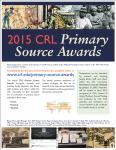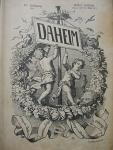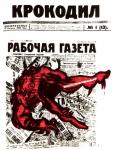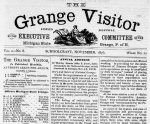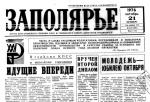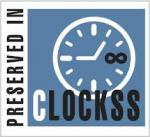News Search
Primary tabs
CRL and Partners Publish New e-Resources Model License
December 3, 2014CRL Welcomes Eight New Members
December 1, 2014Since July, CRL has welcomed eight new member organizations.
CAMP Preserves Newspapers from Liberia
November 17, 2014CSPC Appoints Five New Members
October 21, 2014New members bring diverse backgrounds and deep expertise to primary governance committee on CRL collections.
Simon New CRL Vice President of Collections and Services
October 20, 2014On September 29, 2014, James Simon was named CRL Vice President of Collections and Services. Simon is now responsible for CRL departments that build and care for CRL collections and that directly serve CRL members and constituencies: Access Services, Stack Management, Facilities, and Technical Services.
CRL to Digitize Endangered Foreign Government Publications
October 6, 2014Primary Source Award Nominations Now Open
October 1, 2014Deadline Extended for 2015 Purchase Proposal Program
October 1, 2014SEEMP Acquires Russian Satirical Journal Krokodil
September 23, 2014CRL Supports AMPs’ Digital Turn
September 22, 2014CRL’s six Area Materials Projects increasingly embrace digitization as a mechanism for preservation and access.
Digital Delivery System Upgraded
September 15, 2014CRL recently upgraded its Digital Delivery Systems (DDS) website. Since its initial release in 2006, new content as well as system features have been added to DDS continuously. The site now hosts 22,000 plus titles, with 5.5 million pages total, digitized from CRL collections to support advanced research and teaching by scholars at CRL member institutions.
Project Ceres Funds Michigan Grange Visitor Digitization
September 15, 2014The Grange Visitor, the official newspaper of the Michigan State Grange from 1875 to 1896, is online as a Michigan State University Digital Collection with support from Project CERES. With funding from the Center for Research Libraries, twenty-one volumes, 402 issues, and 3,239 pages are now preserved and accessible to researchers.
NEH Award to Upgrade CRL Collections Environment
September 3, 2014The National Endowment for the Humanities awarded CRL an implementation grant of $159,720 to improve monitoring and control of the temperature and humidity in CRL’s 93,750 square feet of collection storage space. This will be the latest in a series of major improvements made recently by CRL to the environment and security of its unique and valuable collections.
SEEMP Acquires Russian Newspaper Zapoliar'e
August 19, 2014CRL Releases Purchase Proposal Video Tutorial
August 6, 2014CRL has released a short video on its Purchase Proposal Program for CRL librarians interested in cooperative collection building. This “how-to” video outlines the steps for nominations and voting.
Recent TCA Electronic Resource Reviews
July 28, 2014CRL Releases CLOCKSS Audit Report
July 25, 2014CRL Welcomes Seven New Members
July 2, 2014Seven libraries became CRL members on July 1, bringing the number of CRL member institutions overall to 204.




